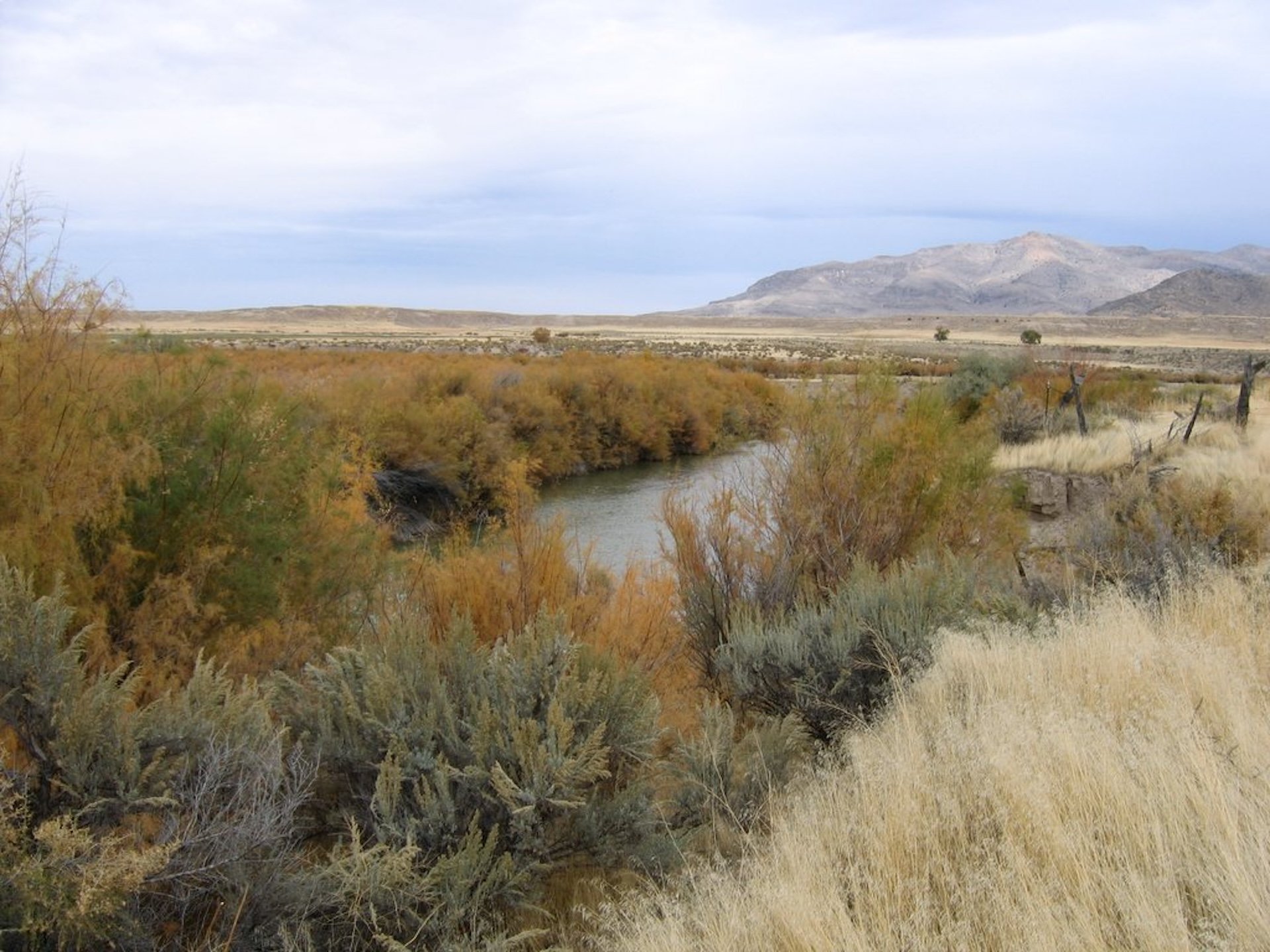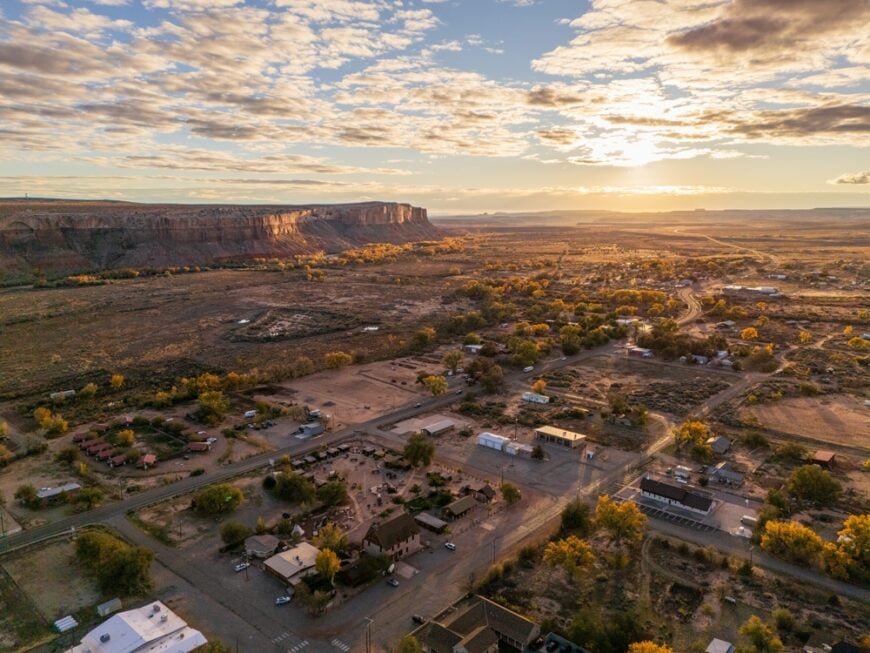
If you’re looking to escape the hustle and bustle of city life, Eastern Utah has some hidden gems that offer peace, solitude, and breathtaking natural beauty. I’ve explored this region and discovered ten secluded towns where you can truly get away from it all.
From desert landscapes to towering mountains, each of these communities provides a unique retreat into nature’s embrace.
Whether you’re seeking a quiet place to relax or an adventure off the beaten path, these towns have something special to offer. Let me take you on a tour of Eastern Utah’s most secluded spots, where tranquility is a way of life.
10. Thompson Springs: Isolation on the Outskirts of the Desert
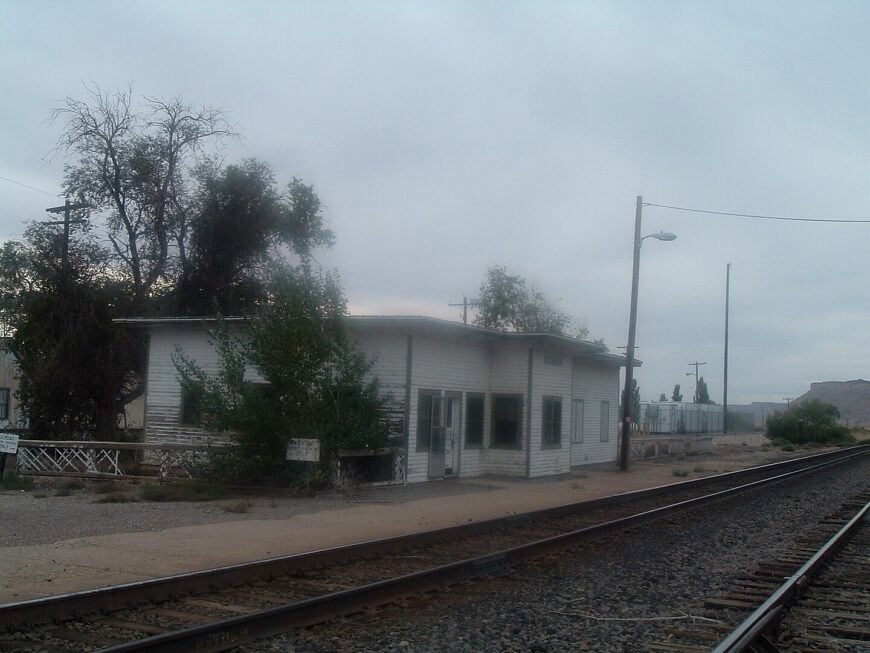
Thompson Springs is a tiny town with a population of less than 50 people, making it one of the most secluded communities I’ve visited. There’s a quiet charm to this almost-forgotten place, where you can explore abandoned buildings that whisper stories of the past.
The surrounding desert offers opportunities for hiking and discovering petroglyphs etched into the rocks by ancient inhabitants.
With no major industries, the town feels frozen in time, a stark contrast to the bustling world elsewhere. Its seclusion is amplified by the vast open lands that stretch in every direction, providing a serene backdrop of desert silence.
Where is Thompson Springs?
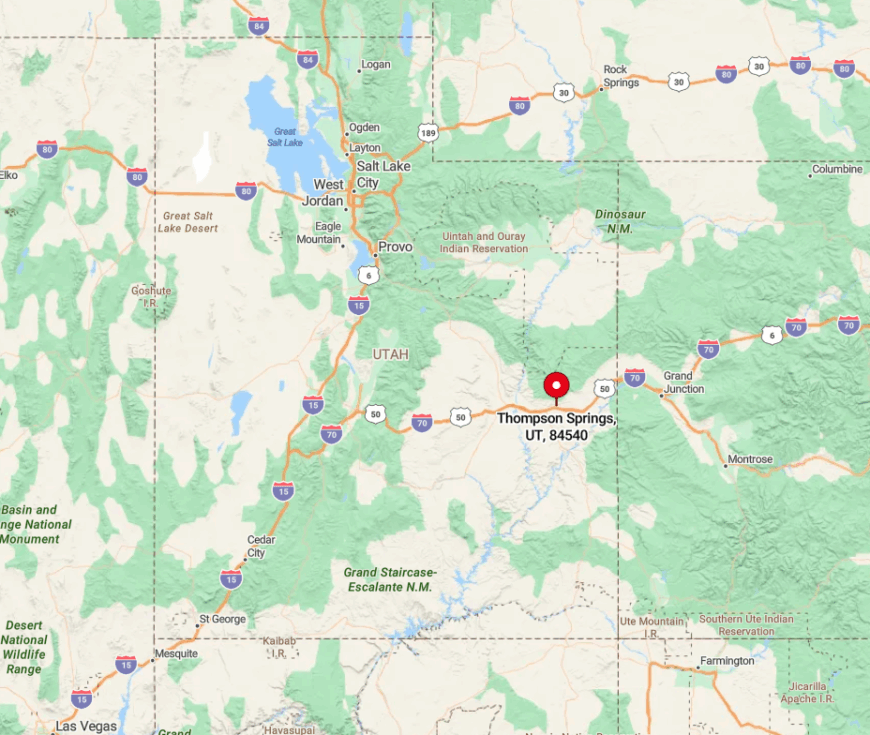
Located just off Interstate 70 in Eastern Utah, Thompson Springs sits about 37 miles northeast of Moab. Despite its proximity to the highway, it remains secluded due to the sparse population and minimal development in the area.
The town is nestled at the edge of the Book Cliffs, giving it a remote feeling as soon as you step off the main road. Getting there is straightforward via I-70, but once you arrive, you quickly realize you’ve entered a different world, far removed from urban life.
9. Mexican Hat: A Tiny Community Beneath Iconic Rock Formations
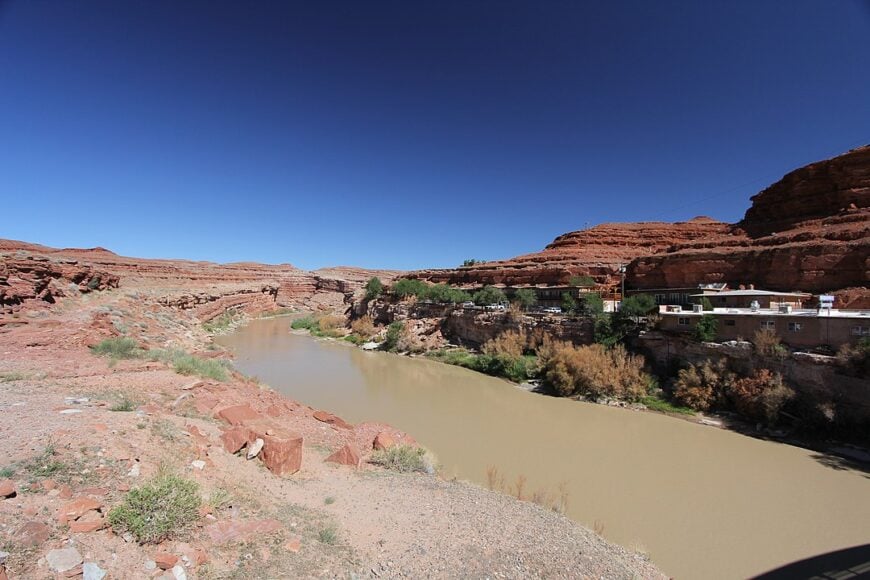
Mexican Hat is a small town with around 30 residents, named after the unique rock formation that resembles an upside-down sombrero. I love visiting this place for its surreal landscapes and the serene atmosphere that comes with such a small community.
Outdoor activities abound, from exploring nearby Monument Valley to rafting on the San Juan River. Tourism related to these natural attractions is the main industry here, but the low population keeps the town peaceful. Its seclusion is a result of its remote desert location and the miles of open land that surround it.
Where is Mexican Hat?
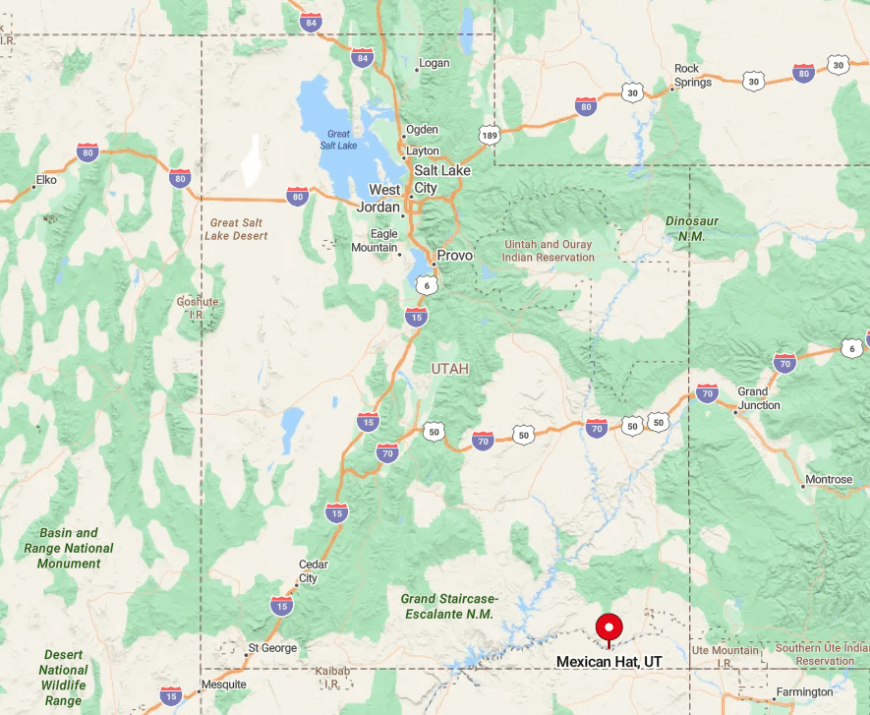
Situated in the southeastern corner of Utah, Mexican Hat lies along U.S. Route 163, about 20 miles north of the Arizona border. The town’s remote location contributes to its seclusion, nestled amid the dramatic landscapes of the Colorado Plateau.
The nearest larger town is Bluff, nearly an hour’s drive away, reinforcing the sense of isolation. Reaching Mexican Hat involves a scenic drive through some of the most stunning and less-traveled roads, making the journey part of the adventure.
8. Bluff: Historic Seclusion Along the San Juan River
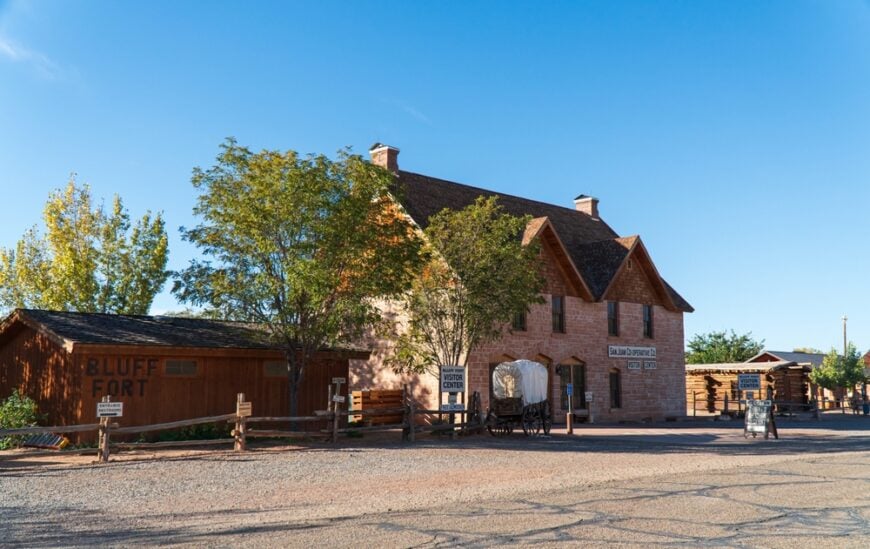
Bluff is a small town with a population of approximately 320 people, rich in history and surrounded by stunning red rock formations. I enjoy the quiet streets lined with historic sandstone homes and the opportunity to explore ancient Native American sites nearby.
Tourism and agriculture are among the main industries, but the town remains calm and uncrowded. Its seclusion is enhanced by the natural barriers created by cliffs and the San Juan River, offering a peaceful environment away from busy urban centers.
Where is Bluff?
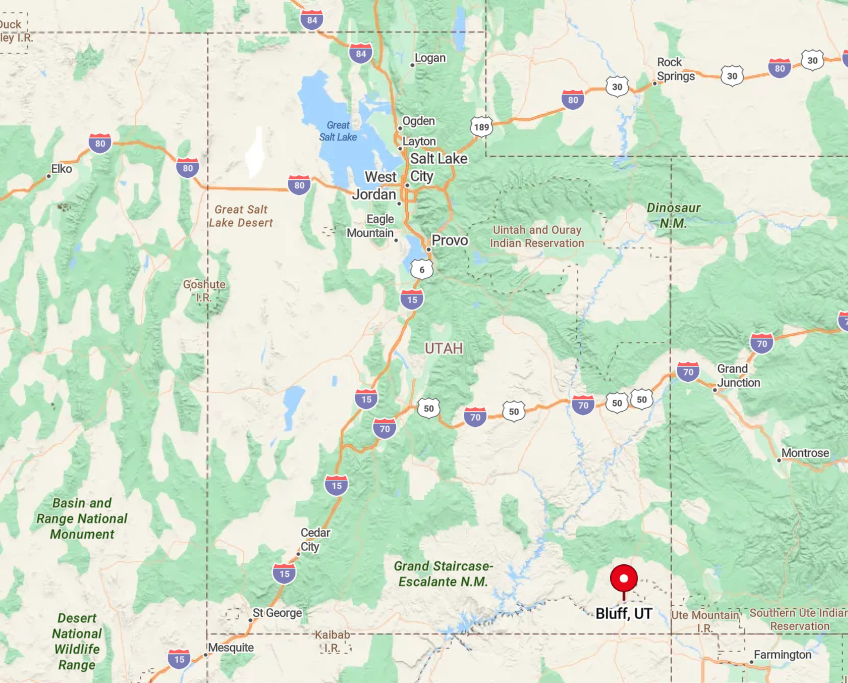
Located in San Juan County in southeastern Utah, Bluff sits along U.S. Route 191, near the Four Corners region. The town’s remote position, far from major highways and cities, contributes to its secluded nature.
Surrounded by vast stretches of desert and rugged terrain, Bluff feels like a hidden oasis. To get there, you’ll traverse scenic roads that wind through the desert, making it a destination for those seeking solitude and a connection with nature.
7. Castle Valley: Serenity Among Towering Red Cliffs

Castle Valley is home to about 350 residents, nestled beneath impressive red rock formations that make it a picturesque haven. I find peace in the wide-open spaces and the breathtaking views of Castle Rock and the La Sal Mountains.
The town doesn’t have any major industries, which adds to its quiet charm, but it’s a popular spot for artists, writers, and those seeking inspiration from nature. Its seclusion comes from its location away from the main tourist routes, offering a tranquil escape amid Utah’s iconic landscapes.
Where is Castle Valley?
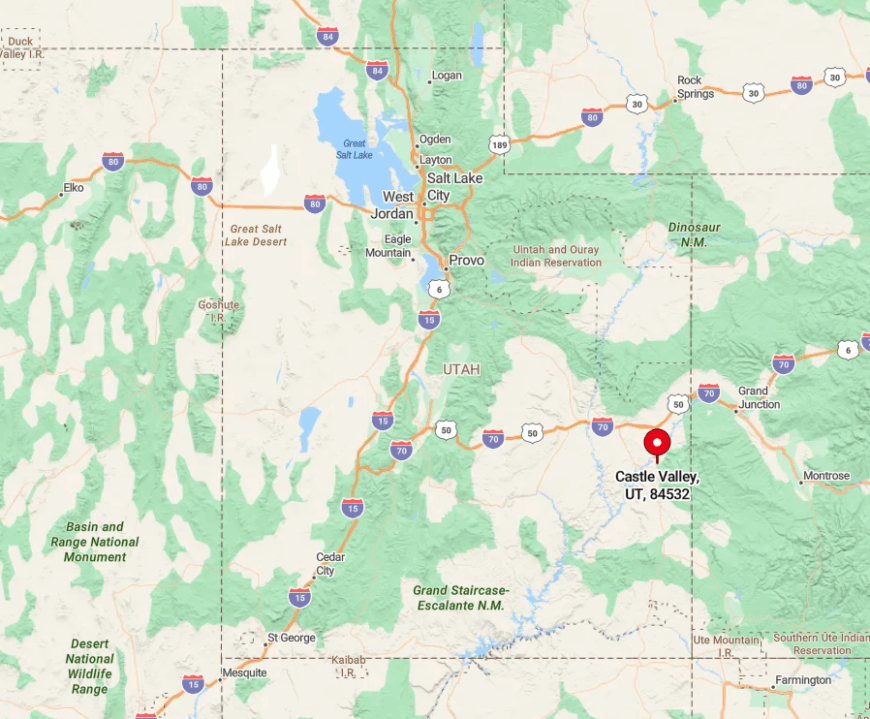
Located about 16 miles northeast of Moab, Castle Valley sits off State Route 128 along the Colorado River. The town’s remote setting is enhanced by the surrounding cliffs that create a natural barrier.
Access is via a scenic drive through the canyonlands, which can feel like a journey back in time. This off-the-beaten-path location means fewer visitors and a stronger sense of community among residents who cherish the solitude.
6. Dutch John: Remote Living Surrounded by Nature

Dutch John is a small community with a population of around 150 people, known for its proximity to Flaming Gorge Reservoir and the Green River. I appreciate the abundance of outdoor activities here, like fishing, boating, and hiking in the Ashley National Forest.
The town was originally built to house workers constructing the Flaming Gorge Dam, and today, tourism focused on outdoor recreation is the main industry. Its seclusion is due to its location amidst forests and hills, with limited development and a significant distance from larger towns.
Where is Dutch John?

Situated in northeastern Utah near the Wyoming border, Dutch John lies along U.S. Route 191. The town’s remote location is accentuated by the surrounding wilderness areas and the lack of nearby urban centers.
To get there, you’ll drive through miles of scenic landscapes, which makes the journey as rewarding as the destination. The isolation provides a peaceful setting, perfect for those looking to immerse themselves in nature away from crowded places.
5. Manila: A Peaceful Haven by Flaming Gorge Reservoir
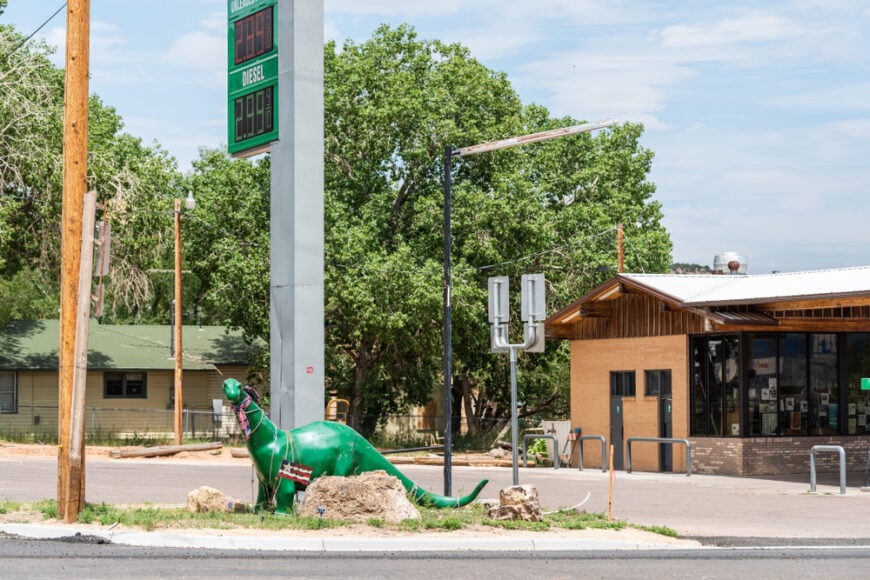
Manila is a quiet town with about 300 residents, offering a tranquil lifestyle near the shores of Flaming Gorge Reservoir. I enjoy the serene environment, where fishing, boating, and hiking are everyday activities.
The main industries include tourism and some agriculture, but the town retains a laid-back atmosphere. Its seclusion is bolstered by the expansive natural surroundings and the distance from major highways, creating a peaceful retreat.
Where is Manila?
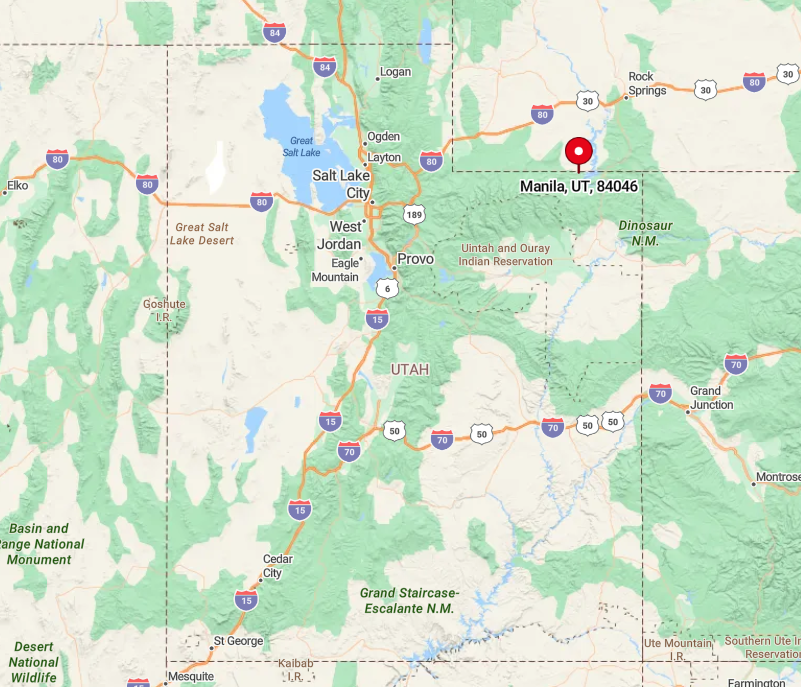
Located in Daggett County in northeastern Utah, Manila is accessed via State Route 43, near the Wyoming border. The town is tucked away between the Uinta Mountains and the reservoir, adding to its sense of isolation.
Getting there involves a scenic drive through rolling hills and forests, reinforcing the feeling of escaping to a hidden gem. The location offers breathtaking views and a true sense of getting away from it all.
4. Jensen: Riverside Living Away from the Crowds
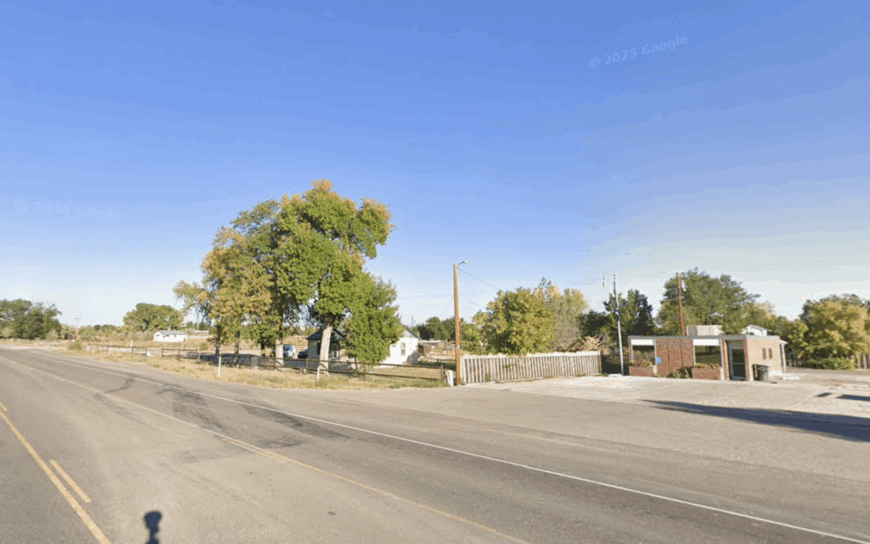
Jensen is a small community with around 400 residents, situated along the Green River. I find the peaceful riverside setting ideal for activities like fishing, rafting, and exploring Dinosaur National Monument nearby.
Agriculture is a prominent industry here, and the town’s quiet streets reflect its rural character. Jensen’s seclusion comes from its distance from urban centers and the vast open spaces that surround it, providing a tranquil environment.
Where is Jensen?
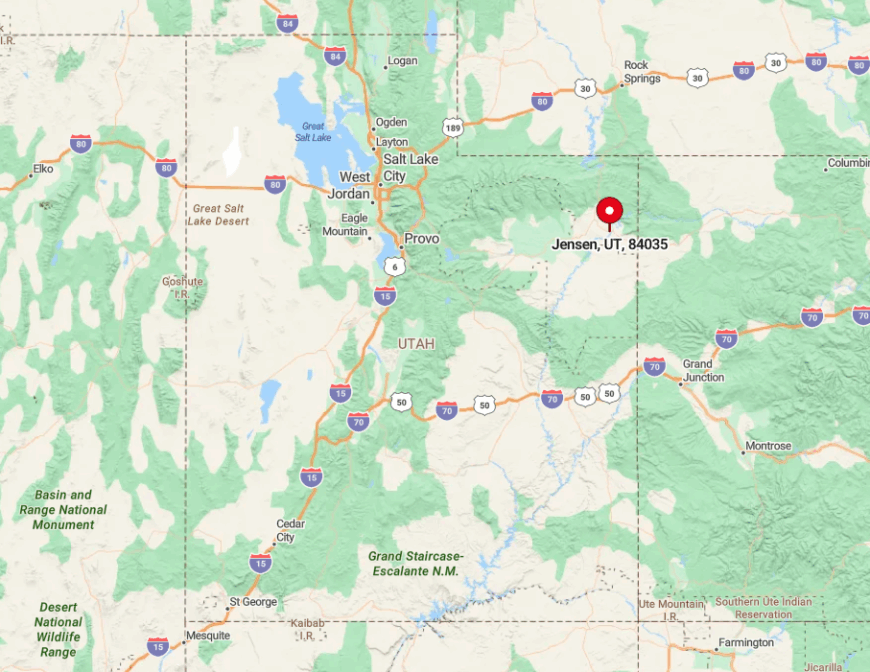
Jensen is located in Uintah County in eastern Utah, accessed via U.S. Route 40. It’s about 15 miles east of Vernal, but the sparse population and expansive landscapes make it feel much more remote.
The proximity to the Green River and the surrounding agricultural lands enhance the secluded atmosphere. Reaching Jensen involves traveling through wide-open country, offering a sense of peace as you leave the bustle behind.
3. Montezuma Creek: A Hidden Gem in Southeastern Utah

Montezuma Creek is a small community with a population of about 256, nestled in the rugged landscapes of southeastern Utah. I am always drawn to the area’s deep connection to Native American heritage, as it sits near the Navajo Nation and is surrounded by ancient ruins and rock art.
Tourism here is centered around its rich cultural history and proximity to the San Juan River, which has long been a lifeline for the region. While agriculture plays a role in the local economy, Montezuma Creek remains a secluded retreat, offering a peaceful escape from the bustle of modern life.
Where is Montezuma Creek?
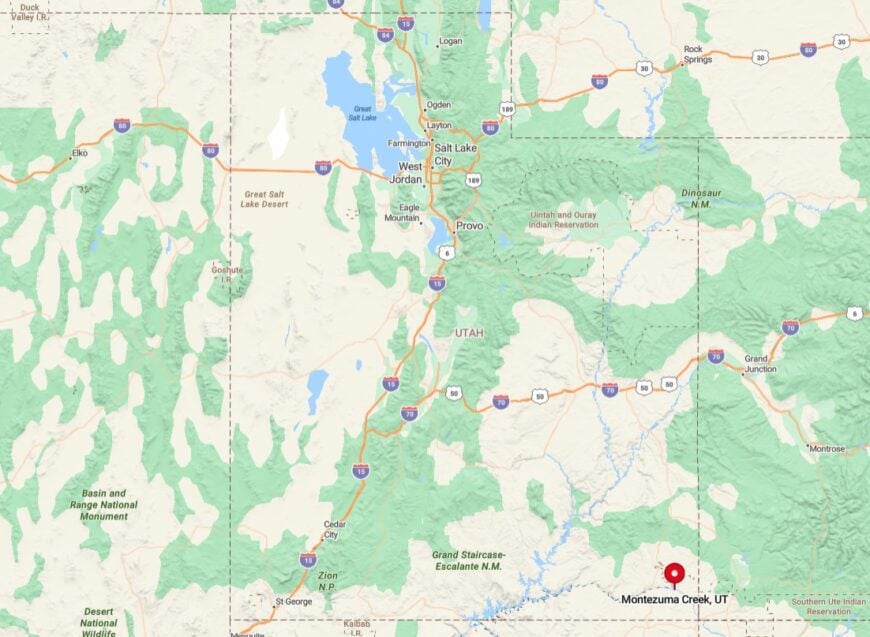
Located in San Juan County, Montezuma Creek sits near the confluence of its namesake stream with the San Juan River. The town’s remote location, far from major highways and urban centers, enhances its sense of solitude.
Driving to Montezuma Creek means passing through vast desert landscapes, where the journey itself feels like an adventure. The isolation makes it an ideal spot for those seeking quiet reflection, historical exploration, and a deeper connection to the land.
2. Bonanza: An Abandoned Town Offering Solitude

Bonanza is essentially a ghost town, with a population of less than 10 people, offering a unique opportunity to experience true solitude. I find the vast undeveloped lands intriguing, with remnants of its mining past scattered throughout the area.
There are no significant industries remaining, which adds to the quiet, abandoned atmosphere. The seclusion here is profound, as the town is far removed from bustling cities and surrounded by miles of open terrain.
Where is Bonanza?

Located in eastern Utah near the Colorado border, Bonanza is accessible via State Route 45. The town is deep in Uintah County’s oil shale region, but the decline of mining has left it largely uninhabited.
Getting there requires traversing remote roads, which reinforces the sense of isolation. The vastness of the surrounding landscape makes Bonanza a place where you can truly disconnect from the outside world.
1. La Sal: A Quiet Community at the Base of Majestic Mountains
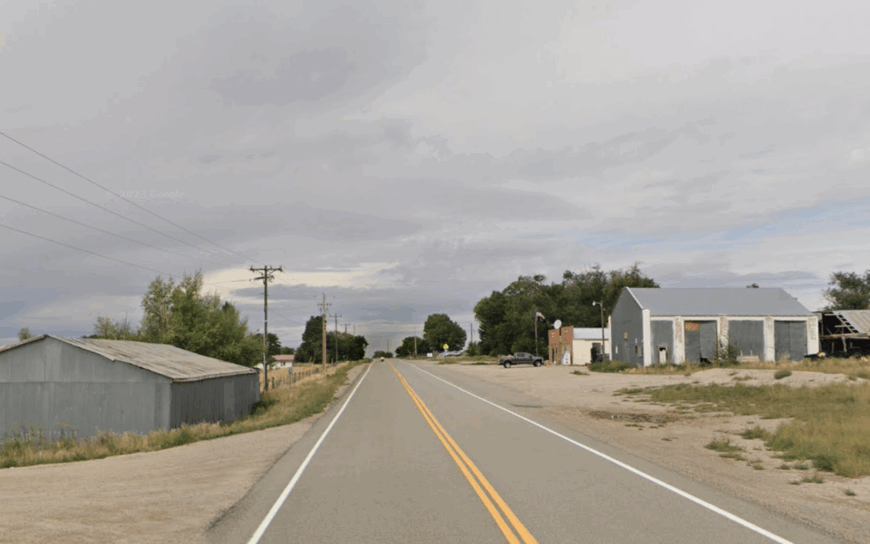
La Sal is a small town with around 350 residents, nestled at the foot of the La Sal Mountains. I love the serene setting, where expansive lot sizes and open spaces allow for a deep connection with nature. Outdoor enthusiasts can enjoy hiking, mountain biking, and exploring the nearby Manti-La Sal National Forest.
There are no major industries, which helps maintain the peaceful, rural character of the community. Its seclusion is due to its mountain location and the considerable distance from urban centers, making it an ideal spot for those seeking tranquility.
Where is La Sal?
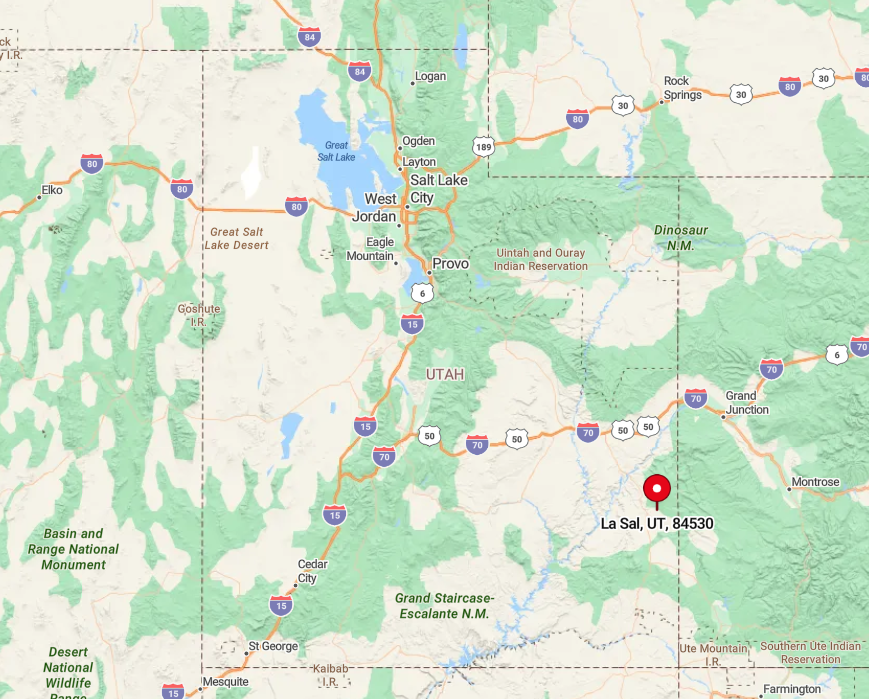
Situated in San Juan County in southeastern Utah, La Sal is about 30 miles southeast of Moab via U.S. Route 191 and State Route 46. The town’s location at the base of the mountains contributes to its secluded feel, surrounded by forests and high peaks.
Getting there involves a scenic drive through desert landscapes that gradually give way to alpine terrain. The combination of natural beauty and isolation makes La Sal a hidden gem for those wanting to escape the crowds.


